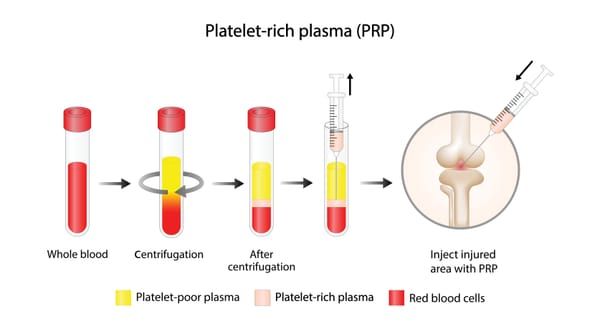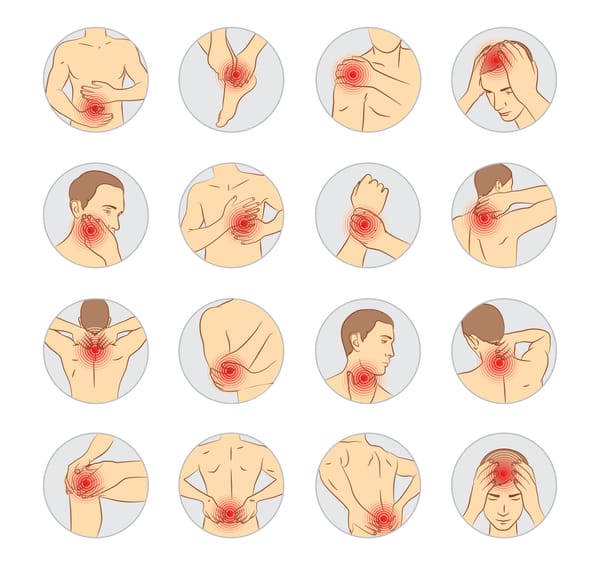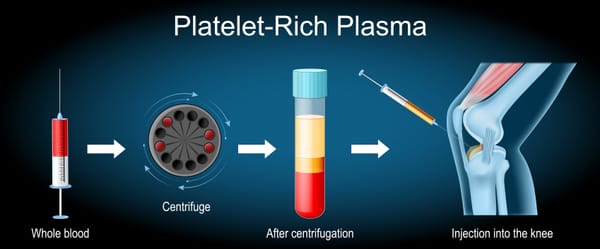Stellate Ganglion Block for PTSD: A New Hope for Healing

Post-Traumatic Stress Disorder (PTSD) can feel like a relentless storm, with symptoms like anxiety, flashbacks, and hypervigilance disrupting daily life. While therapy and medications help many, some people with PTSD need additional options to find relief.
Enter stellate ganglion block (SGB), a procedure that’s gaining traction as a promising treatment for PTSD by targeting the body’s stress response. In this blog post, we’ll explore what SGB is, how it may help with PTSD, and what current insights say about this innovative approach, all explained for a general audience.
What is a Stellate Ganglion Block?
A stellate ganglion block is a minimally invasive procedure where a local anesthetic is injected near the stellate ganglion, a cluster of nerves in the neck that’s part of the sympathetic nervous system. This system controls the body’s “fight or flight” response, which is often overactive in PTSD, keeping people in a state of heightened alertness. By temporarily calming these nerves, SGB aims to reset this overdrive, potentially easing PTSD symptoms.
Performed by a specialist, such as an anesthesiologist, the procedure takes about 15-30 minutes and uses ultrasound or X-ray guidance for accuracy. Temporary side effects, like a droopy eyelid or hoarse voice (called Horner’s syndrome), may occur but typically fade within hours. Originally used for chronic pain, SGB is now being explored for PTSD and other conditions driven by autonomic dysfunction.
Why SGB for PTSD?
PTSD often involves an overactive sympathetic nervous system, which fuels symptoms like anxiety, nightmares, and feeling “on edge.” SGB targets this system directly, offering a unique approach compared to traditional treatments. Here’s why it’s generating interest:
- Fast-Acting Relief: Unlike medications that may take weeks, SGB can reduce symptoms within hours or days. Some patients describe feeling calmer or more grounded almost immediately.
- Non-Invasive Alternative: For those wary of long-term medications or reliving trauma in therapy, SGB provides a physical intervention that doesn’t require revisiting painful memories.
- Complementary Tool: SGB can be paired with therapy or medications, potentially boosting their impact.
What Does the Evidence Show?Research on SGB for PTSD is growing, with studies and real-world experiences pointing to its potential. Here’s a snapshot of the current landscape:
- Clinical Studies: A 2020 randomized controlled trial in JAMA Psychiatry studied 113 active-duty service members with PTSD. Those who received SGB showed greater reductions in symptoms (measured by the Clinician-Administered PTSD Scale, CAPS-5) compared to a placebo group after eight weeks. Earlier studies, like a 2014 report in Military Medicine, found that 70% of 30 military personnel experienced significant relief, with benefits lasting weeks to months.
- How It Works: SGB may reduce activity in the amygdala, the brain’s fear center, and lower norepinephrine levels, a stress hormone elevated in PTSD. A 2023 review suggested it helps restore balance between the sympathetic and parasympathetic nervous systems, effectively “rebooting” the stress response.
- Real-Life Stories: On platforms like Reddit, users share experiences of reduced hypervigilance and better sleep after SGB. One user described it as “a reset button” for their anxiety, though results vary. These anecdotes, while not scientific, highlight SGB’s potential impact.
- Limitations: SGB isn’t a cure, and not everyone responds. Relief may be temporary, requiring repeat injections. Large-scale, long-term studies are still needed to confirm its efficacy and optimal use.
What to Expect from SGBIf you’re considering SGB for PTSD, here’s what the process looks like:
- The Procedure: You’ll lie on a table, and the doctor will use imaging to locate the stellate ganglion. After numbing the area, they’ll inject the anesthetic. You might feel mild discomfort or a warm sensation, but the procedure is generally well-tolerated.
- Side Effects: Temporary effects like a droopy eyelid, nasal stuffiness, or hoarse voice are common but resolve within hours. Serious risks, like infection or nerve injury, are rare with an experienced provider.
- Recovery: Most people go home the same day and resume normal activities within 24 hours. Symptom relief, if it occurs, may start within hours or take a few days.
- Frequency: Some benefit from a single block, while others need repeat injections every few weeks or months for sustained effects.
Benefits and ConsiderationsPotential Benefits:
- Quick reduction in symptoms like anxiety, hypervigilance, and insomnia.
- Minimally invasive with a low risk profile.
- May enhance the effectiveness of therapy or medications.
Considerations:
- Temporary side effects like Horner’s syndrome or mild soreness.
- Variable response—SGB doesn’t work for everyone, and effects may wear off.
- Cost and access—SGB may not be covered by insurance for PTSD, and finding a skilled provider can be challenging.
- Not a standalone solution—combining SGB with therapy often yields the best results.
Is SGB Right for You?
SGB is not a first-line treatment for PTSD.
Experts recommend starting with evidence-based options like Cognitive Behavioral Therapy (CBT), Eye Movement Desensitization and Reprocessing (EMDR), or medications like SSRIs. If these aren’t enough, SGB could be worth exploring, especially for those with severe hyperarousal symptoms or who haven’t responded to other treatments.
Before pursuing SGB, consider:
- Consulting a psychiatrist or PTSD specialist to discuss your symptoms and treatment history.
- Finding a provider experienced in SGB, ideally one familiar with PTSD protocols (e.g., Dr. Sean Mulvaney’s guidelines for SGB in PTSD).
- Checking insurance coverage, as SGB for PTSD may be out-of-pocket.
Looking Ahead
Stellate ganglion block is an exciting development in PTSD treatment, offering hope for those who feel stuck. While the research is promising, it’s still evolving, and ongoing clinical trials (check Clinicaltrials.gov) will help clarify its role. For now, SGB is a tool in the toolbox—not a cure, but a potential stepping stone toward healing.
If you’re living with PTSD, talk to your healthcare team about whether SGB might fit into your plan. Connecting with support groups, like those through the National Center for PTSD or online communities, can also provide insights and encouragement from others who’ve tried SGB.PTSD is tough, but innovations like SGB show that new paths to relief are possible. Keep exploring, advocating, and holding onto hope—you’re not alone in this journey.
Disclaimer: This blog post is for informational purposes only and not a substitute for professional medical or mental health advice. Consult a healthcare provider before considering stellate ganglion block or any new treatment for PTSD.



